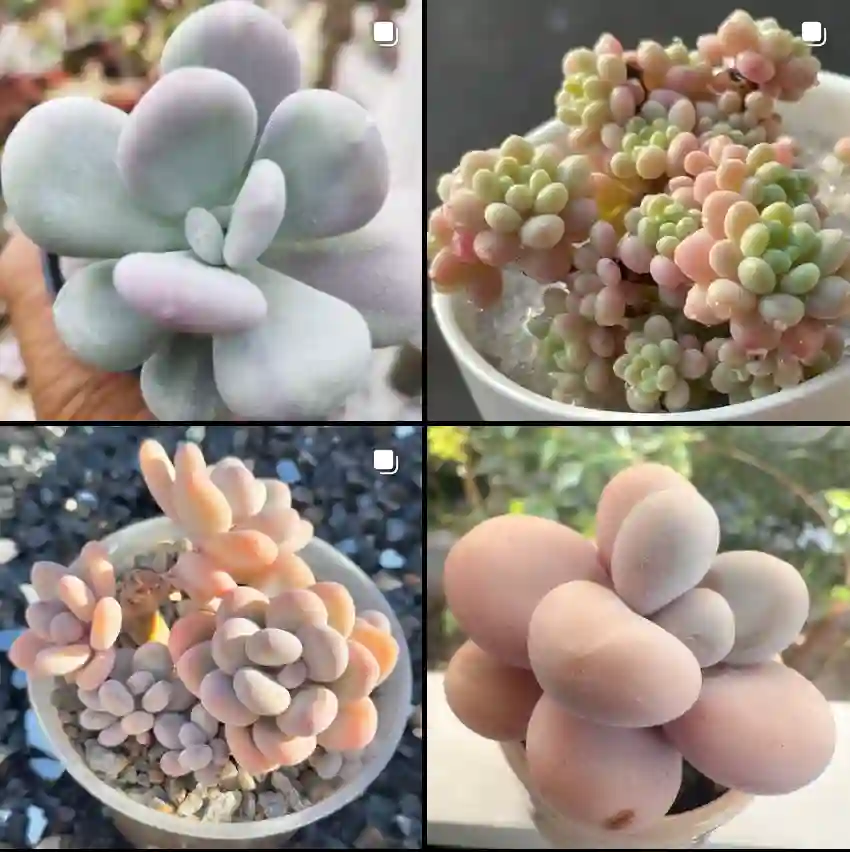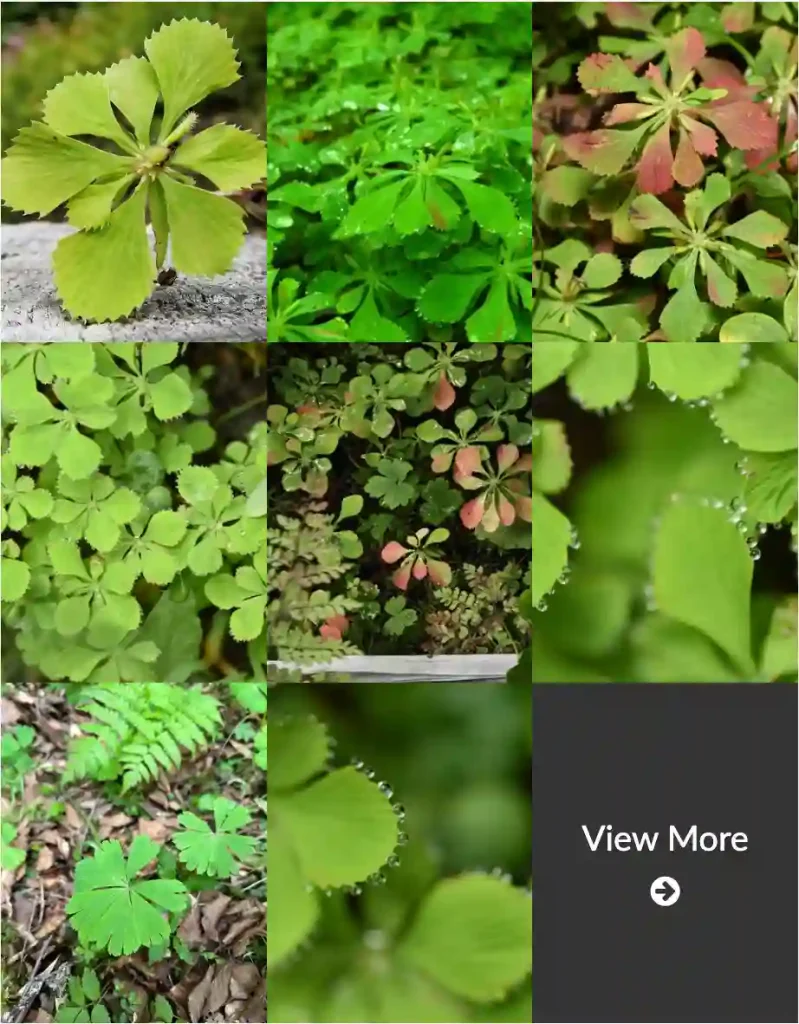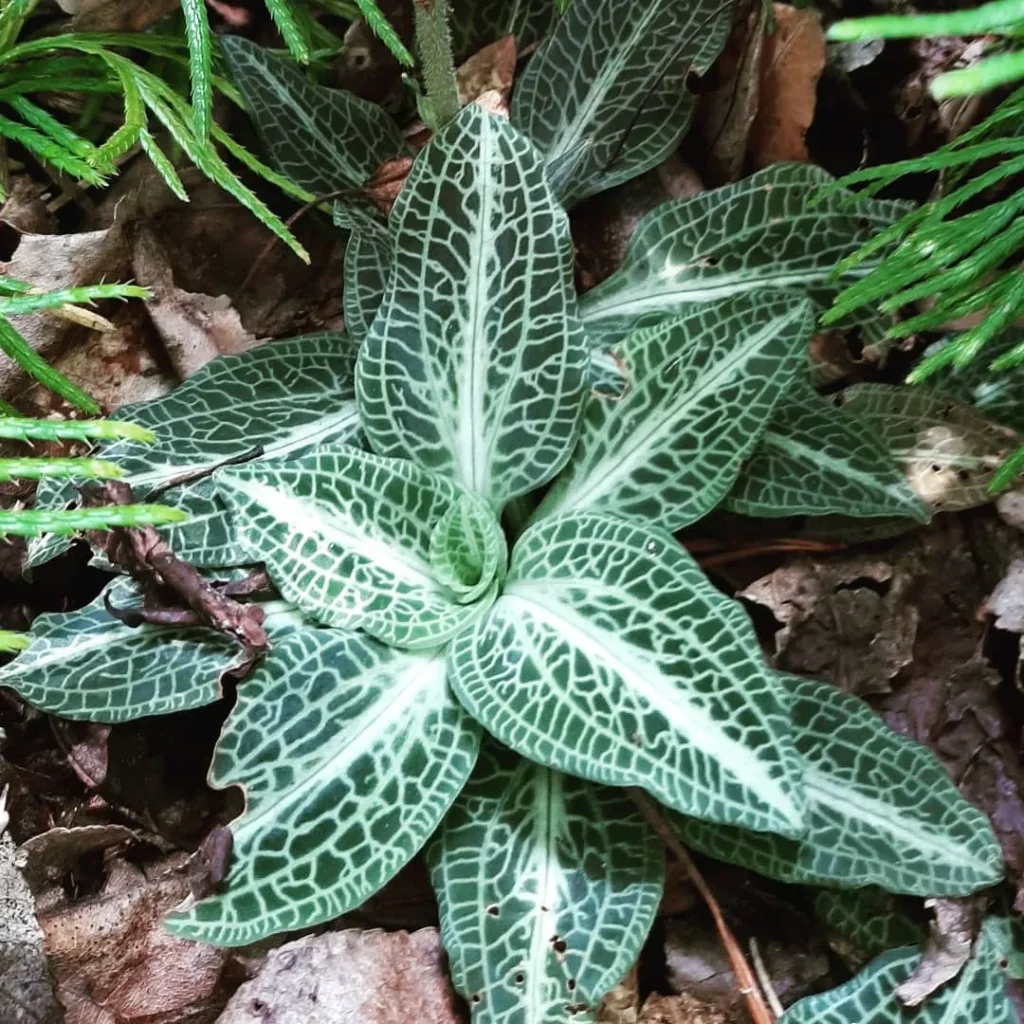The Unassuming Duckweed: A Closer Look at the Lemna Genus
Hi, I’m Ferb Vu, and today I want to talk about something that often goes unnoticed: duckweed. More specifically, the genus Lemna. These tiny plants might seem insignificant, floating there on the surface of ponds and streams, but there’s more to them than meets the eye.
What is Lemna?
Lemna is a genus of free-floating aquatic plants belonging to the Araceae family. They’re essentially miniature, simplified plants, often consisting of just a few leaves (or fronds) and a single root. They grow on or just beneath the water’s surface, forming dense green mats that can cover entire ponds.
A Diverse Family
Though they may all look similar at first glance, there are actually several distinct species within the Lemna genus:
- Lemna minor (Common Duckweed): Lemna minor is a small, floating aquatic plant with simple, round, bright green leaves typically measuring a few millimeters across. Known for its rapid growth, it thrives in calm freshwater environments such as ponds, marshes, and slow-moving rivers, often forming dense mats on the water’s surface. It serves as an excellent nutrient absorber and is valued for its potential in bioremediation. Common Duckweed is also a vital food source for fish and waterfowl, adding to its ecological significance.
- Lemna gibba (Fat Duckweed): Characterized by its slightly larger, inflated, and more rounded leaves compared to Lemna minor, Lemna gibba, or Fat Duckweed, has a distinctive, puffed appearance that allows it to float even more efficiently. This species often turns reddish under high sunlight exposure, giving it a unique look. It is frequently found in nutrient-rich waters and is also utilized for nutrient removal and bioremediation, as well as a food source for aquatic life. Plant FAQs: Lemna Gibba
- Lemna trisulca (Star Duckweed): Unlike other Lemna species that primarily float on the water’s surface, Lemna trisulca, or Star Duckweed, is a submerged species. It has elongated, translucent leaves that often grow in a star-like pattern, giving it its name. This duckweed prefers deeper water and attaches to other plants for support. It plays a role in aquatic ecosystems by providing cover for small invertebrates and young fish, as well as helping to oxygenate the water. Plant FAQs: Lemna Trisulca
- Lemna minuta (Least Duckweed): The smallest of the Lemna genus, Lemna minuta, or Least Duckweed, has minute, oval leaves that measure less than 1 millimeter across. It spreads rapidly in slow-moving water bodies and can quickly form a dense layer on the surface. This species is native to the Americas but has spread as an invasive species to other regions. Its ability to cover large water areas can affect light penetration, making it both a beneficial plant for water purification and a species to monitor for ecological balance.
- Lemna aequinoctialis (Lesser Duckweed): Native to tropical and subtropical regions, Lemna aequinoctialis, or Lesser Duckweed, has rounded, slightly elongated leaves that float on the water’s surface. This species is well-adapted to warm climates and can rapidly colonize freshwater habitats. Lesser Duckweed is often used in wastewater treatment for its nutrient absorption capabilities and is studied for its potential in biofuel production due to its high growth rate and biomass output. Its presence supports various aquatic organisms and contributes to overall ecosystem health.
- Lemna bistrosa Charit.
- Lemna disperma Hegelm.
- Lemna × japonica Landolt
- Lemna landoltii Halder & Venu
- Lemna obscura (Austin) Daubs
- Lemna perpusilla Torr.
- Lemna tenera Kurz
- Lemna turionifera Landolt
- Lemna valdiviana Phil.
More Than Just a Weed
While often dismissed as a nuisance, Lemna plays a vital role in aquatic ecosystems. It provides food and shelter for a variety of creatures, from ducks and fish to insects and microorganisms. It also helps to oxygenate the water and filter out pollutants.
But the potential of Lemna extends far beyond the pond. Researchers are exploring its use in everything from wastewater treatment and biofuel production to animal feed and even human nutrition. Its rapid growth rate and high protein content make it a promising candidate for sustainable agriculture and food systems.
The Future of Lemna
As we face growing challenges like climate change and food security, the humble duckweed may hold some surprising solutions. Its ability to thrive in diverse environments, its nutritional value, and its potential for bioremediation make it a valuable resource worth exploring further.
I believe Lemna deserves a closer look. It’s a reminder that even the smallest and most overlooked organisms can have a significant impact on our world. By understanding and harnessing the potential of these tiny plants,
If i die, water my plants!



